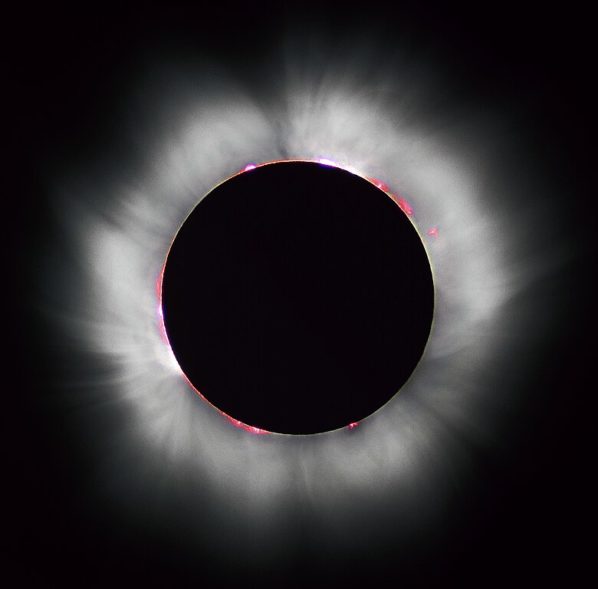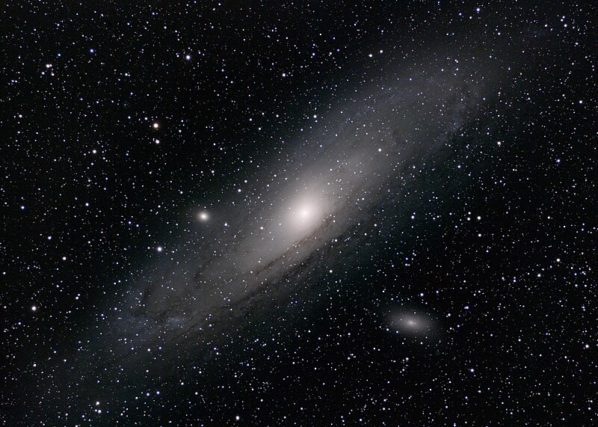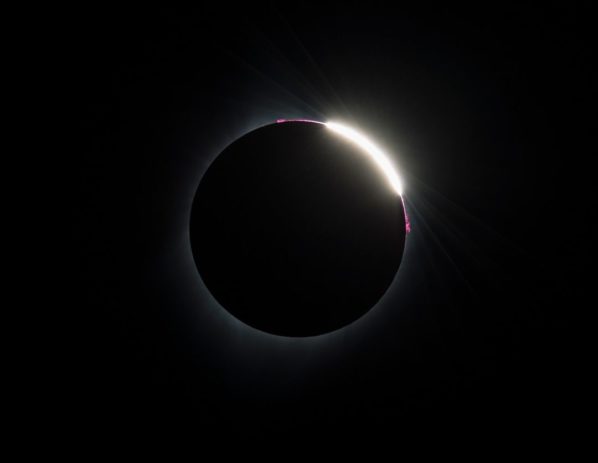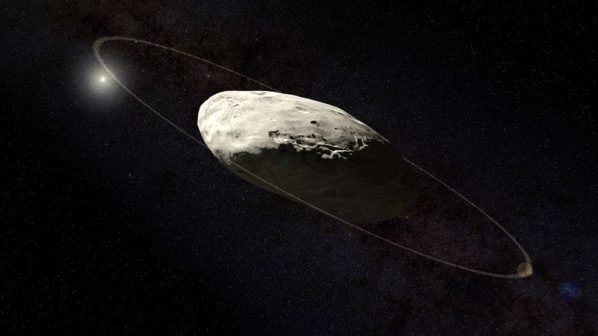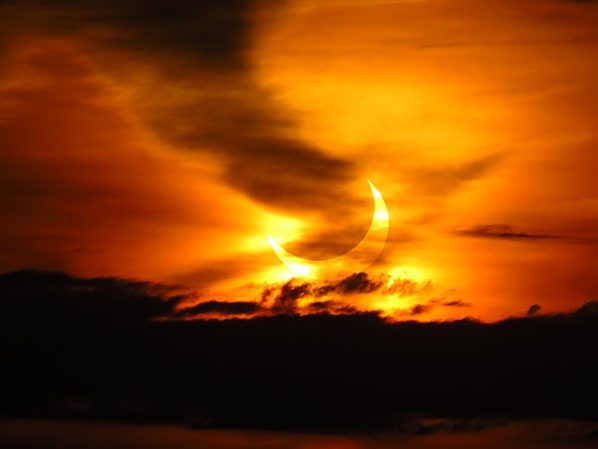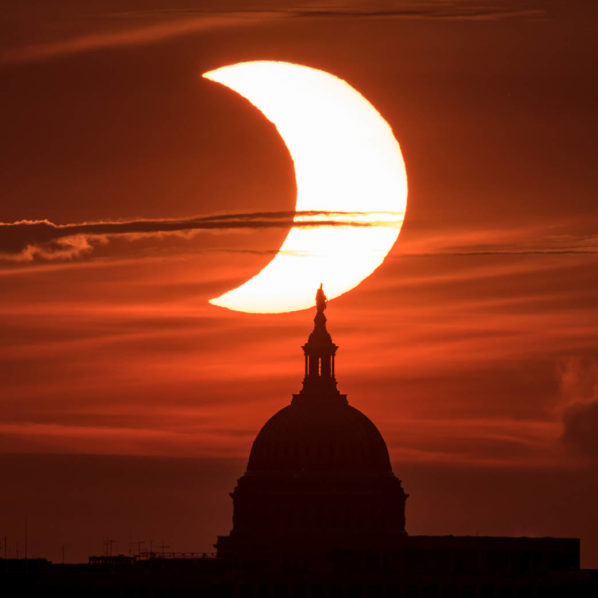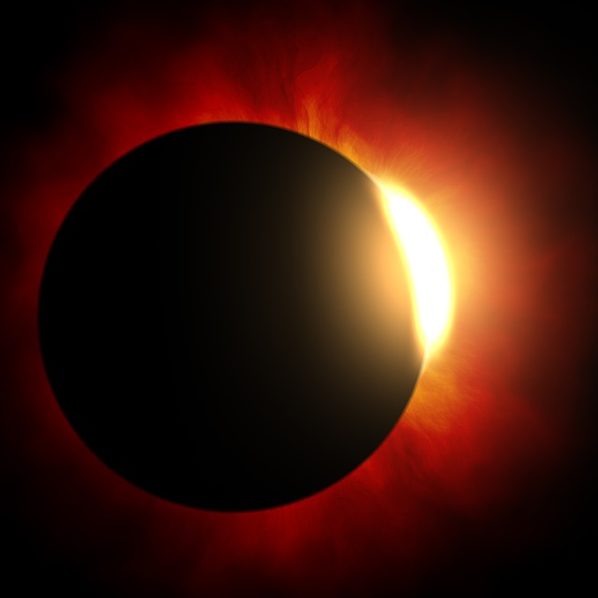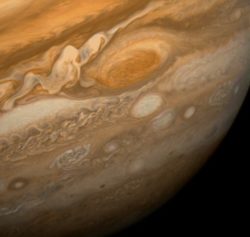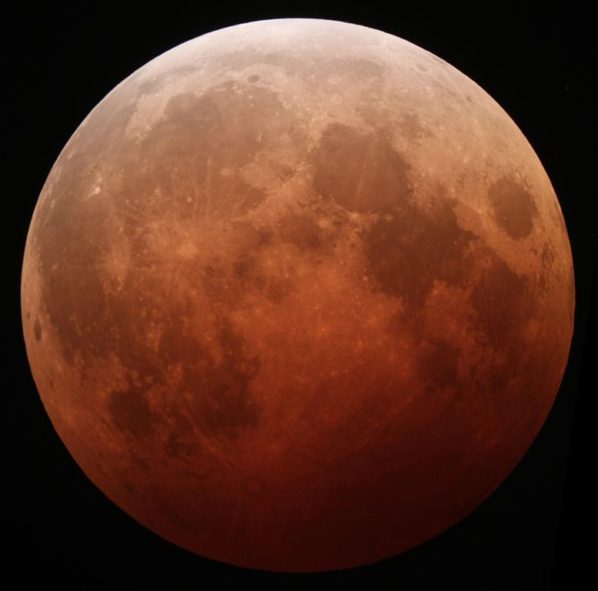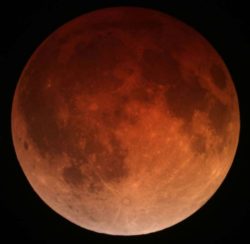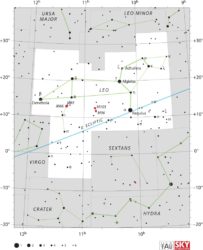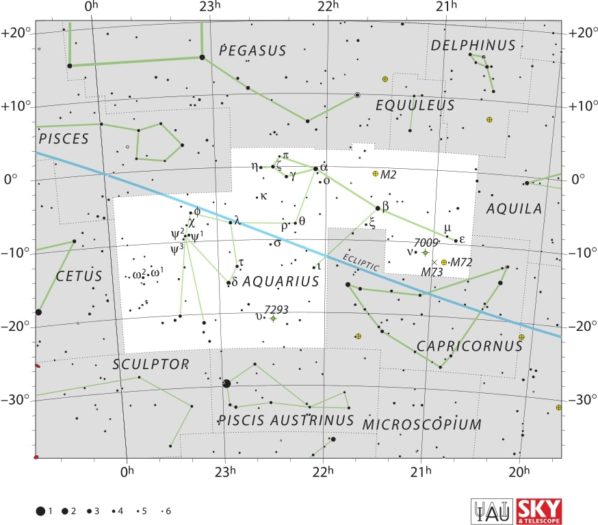Stargazing Calendar for April 2024
Discover the celestial marvels of stargazing in April 2024 with a total solar eclipse, the Lyrid meteor shower, and the perihelion of a comet.
Stargazing Calendar for October 2023
October's night sky is set to dazzle with celestial spectacles. From planetary alignments to meteor showers and eclipses, don't miss these captivating astronomical events.
What Is a Hybrid Solar Eclipse and How to Observe It Tomorrow April 20, 2023
A hybrid solar eclipse is a rare type of solar eclipse that combines features of both total and annular eclipses. A hybrid eclipse, also known as an annular-total eclipse, happens when the Moon's distance from Earth and position in orbit are just right to provide a spectacular celestial show.
Stargazing Calendar for April 2023
Hello fellow stargazers! This month the big event will be a rare hybrid solar eclipse, but unfortunately it will be visible to only a few small areas of the world. For the rest of us, we have two large objects at opposition: dwarf planet Haumea as well as large asteroid Iris. There will also be two meteor showers as well as many conjunctions.
Partial Solar Eclipse Will Occur Tomorrow (October 25, 2022)
If you're in Europe, Central Asia, the Middle East, or India, you should be able to witness a partial solar eclipse tomorrow, October 25. This is when the Moon covers only a part of the Sun instead of the entirety, which is known as a total solar eclipse. Remember to keep your eyes safe and watch with a special solar filter or by looking at the Sun's reflection.
Monthly Stargazing Calendar for October 2022
Like last month, this will be an eventful one, including several meteor showers and a partial solar eclipse. Take a look at all of these astronomical events that await us this month in this stargazing calendar for October 2022.
Solar Eclipse 2017 – Important Facts That Everyone Should Know
Understand the unique solar eclipse of 2017. Discover why it's a rare event for Americans and the best places to witness this celestial marvel.
Monthly Stargazing Calendar for March 2016
March 2016 brings exciting astronomical events: Jupiter at opposition, total solar eclipse, March equinox, and penumbral lunar eclipse. Explore more!
Monthly Stargazing Calendar for September 2015
On September 13 there will be a partial solar eclipse. This type of eclipse occurs when the Moon covers only a part of the Sun, sometimes resembling a bite taken out of a cookie. For safety reasons, an eclipse should only be observed with a special solar filter or by looking at the Sun's reflection.
Monthly Stargazing Calendar for October 2014
On October 8 we will witness a total lunar eclipse. Such an eclipse occurs when the Moon passes completely through the Earth's dark shadow, or umbra. The Moon will gradually get darker and then take on a rusty or blood red color. The eclipse will be visible throughout most of North America, South America, eastern Asia, and Australia.
Monthly Stargazing Calendar for November 2013
Earlier this month there were two major astronomical events: a hybrid solar eclipse on November 3rd and the Taurids meteor shower peak on the night of November 4 and 5. If you missed those two events, don't worry, there are two more coming up this month!
Monthly Stargazing Calendar for May 2013
May 2013 stargazing events: There will be a meteor shower, a solar eclipse, a conjunction of Venus and Jupiter, and a penumbral lunar eclipse.

